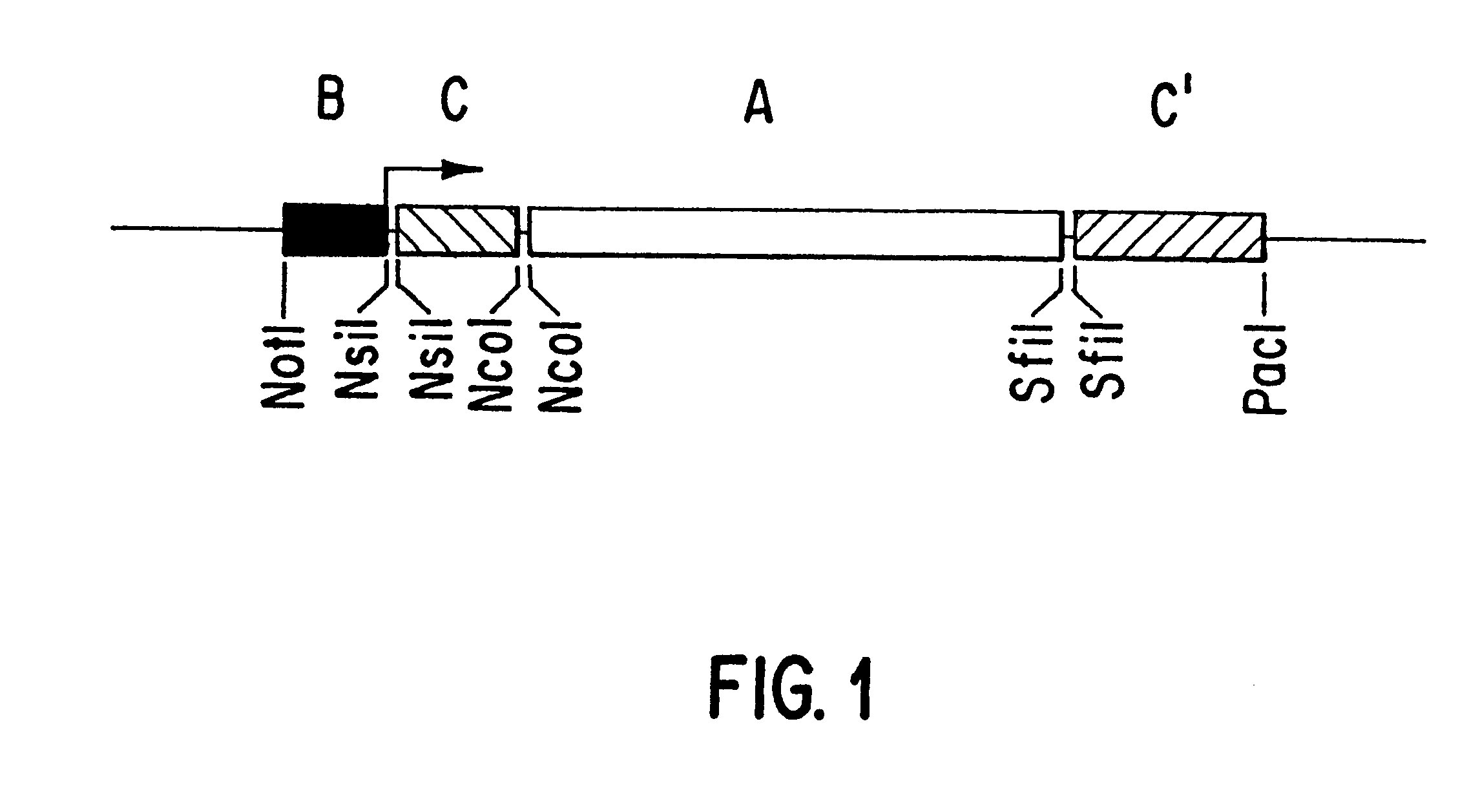Vectors for the diagnosis and treatment of solid tumors including melanoma
a technology for solid tumors and vectors, applied in the field of isolation and, can solve the problems reducing the effectiveness of antibodies, cytokines and viruses as delivery systems, and not significantly reducing the number of deaths caused by existing pharmacopoeia, and achieving the effect of increasing the therapeutic effectiveness of vectors
- Summary
- Abstract
- Description
- Claims
- Application Information
AI Technical Summary
Benefits of technology
Problems solved by technology
Method used
Image
Examples
Embodiment Construction
The present invention is directed to the isolation of novel therapeutic and diagnostic parasitic vectors for solid tumor cancers, such as sarcomas, carcinomas, lymphomas or other solid tumor cancers, for example, germ line tumors and tumors of the central nervous system, including, but not limited to, breast cancer, prostate cancer, cervical cancer, uterine cancer, lung cancer, ovarian cancer, testicular cancer, thyroid cancer, astrocytoma, glioma, pancreatic cancer, stomach cancer, liver cancer, colon cancer, melanoma and their use. Described, in detail below, are the novel intracellular parasite vectors; methods for the isolation of the novel vectors; genetic engineering of the isolated vectors; and methods for use of the novel vectors as well as other vectors in treatment or detection of solid malignant tumors, including metastatic tumors and tumor cells.
6.1. Novel Vectors and Methods for Their Isolation
The isolated vectors, which are for example, bacteria, fungi or protista, are...
PUM
| Property | Measurement | Unit |
|---|---|---|
| molecular weight | aaaaa | aaaaa |
| pH | aaaaa | aaaaa |
| concentration | aaaaa | aaaaa |
Abstract
Description
Claims
Application Information
 Login to View More
Login to View More - R&D
- Intellectual Property
- Life Sciences
- Materials
- Tech Scout
- Unparalleled Data Quality
- Higher Quality Content
- 60% Fewer Hallucinations
Browse by: Latest US Patents, China's latest patents, Technical Efficacy Thesaurus, Application Domain, Technology Topic, Popular Technical Reports.
© 2025 PatSnap. All rights reserved.Legal|Privacy policy|Modern Slavery Act Transparency Statement|Sitemap|About US| Contact US: help@patsnap.com

